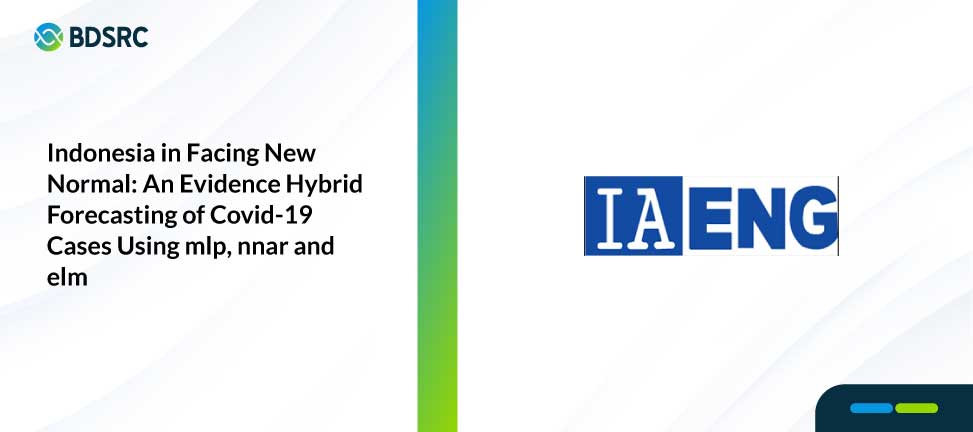Indonesia in Facing New Normal: An Evidence Hybrid Forecasting of Covid-19 Cases Using mlp, nnar and elm

Since COVID-19 spread to hundreds of countries, it has become a global pandemic. This pandemic is spreading rapidly through the human transmission. To reduce the spread of COVID-19, the government has issued various guidelines regarding restrictions on human activity. Jakarta and West Java are two provinces that had a fairly high rate of spread when COVID-19 began to appear. To reduce the rate of spread, local governments in each province have issued a Large Scale Social Restriction (PSBB) policy. After the implementation of this policy, there was a significant decrease in the addition of new cases in the two provinces. Therefore, the government replaced this policy with a new normal policy as well as to address economic problems in society. This new normal policy actually led to the emergence of new cases as a result of failure to follow government-set health protocols. This study examines whether there are significant differences in the movement of COVID-19 cases across the two provinces. In addition, this study examines how the incidence rate of COVID-19 will move in the future using various NN (Neural Network) methods such as MPL, NNAR and ELM. The results show that there was a significant decrease in the Jakarta region before and after the implementation of the PSBB, but it did not occur in West Java province. Another finding is that this study shows that the new normal has resulted in a significant increase in COVID-19 cases in both provinces and is expected to increase further if the Manuscript community fails to follow to the government-established health protocol.
Engineering Letters
Toni Toharudin, Resa Septiani Pontoh, Rezzy Eko Caraka, Solichatus Zahroh, Antony Akbar, Bens Pardamean, Rung Ching Chen
